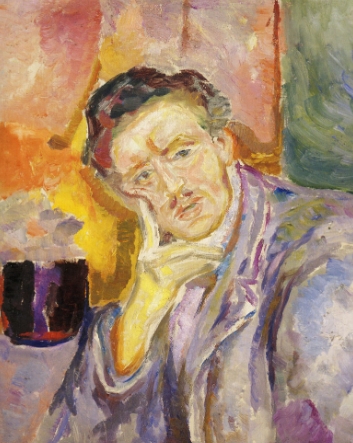Uncovering the Secrets Behind Edvard Munch’s Haunting Portrait
Edvard Munch’s iconic painting, “The Scream,” has captivated audiences for over a century with its haunting portrayal of existential dread and anguish. But what secrets lie beneath the surface of this masterpiece?
Munch’s Personal Turmoil
The inspiration for “The Scream” is said to have come from a personal experience of the artist. Munch suffered from mental health issues, including anxiety and depression, which he struggled with throughout his life. This emotional turmoil is believed to have played a significant role in the creation of the painting.
The Symbolism of the Scream
The central figure in the painting appears to be screaming in terror, with distorted features and a sense of despair. This is often interpreted as a representation of the artist’s inner turmoil and the universal experience of existential angst. The swirling colors and brushstrokes add to the sense of chaos and unease in the painting.
The Influence of Norwegian Folklore
Munch was heavily influenced by Norwegian folklore and mythology, which often dealt with themes of death, madness, and the supernatural. These elements can be seen in “The Scream,” with its ghostly figures and eerie atmosphere.
The Legacy of “The Scream”
“The Scream” has become one of the most famous works of art in the world, inspiring countless artists and filmmakers. Its enduring popularity can be attributed to its raw emotional power and universal themes of anxiety and despair.
In conclusion, Edvard Munch’s “The Scream” continues to fascinate and disturb audiences with its haunting portrayal of inner turmoil and existential dread. By delving into the personal and cultural influences behind the painting, we can gain a deeper understanding of its enduring legacy in the art world.



